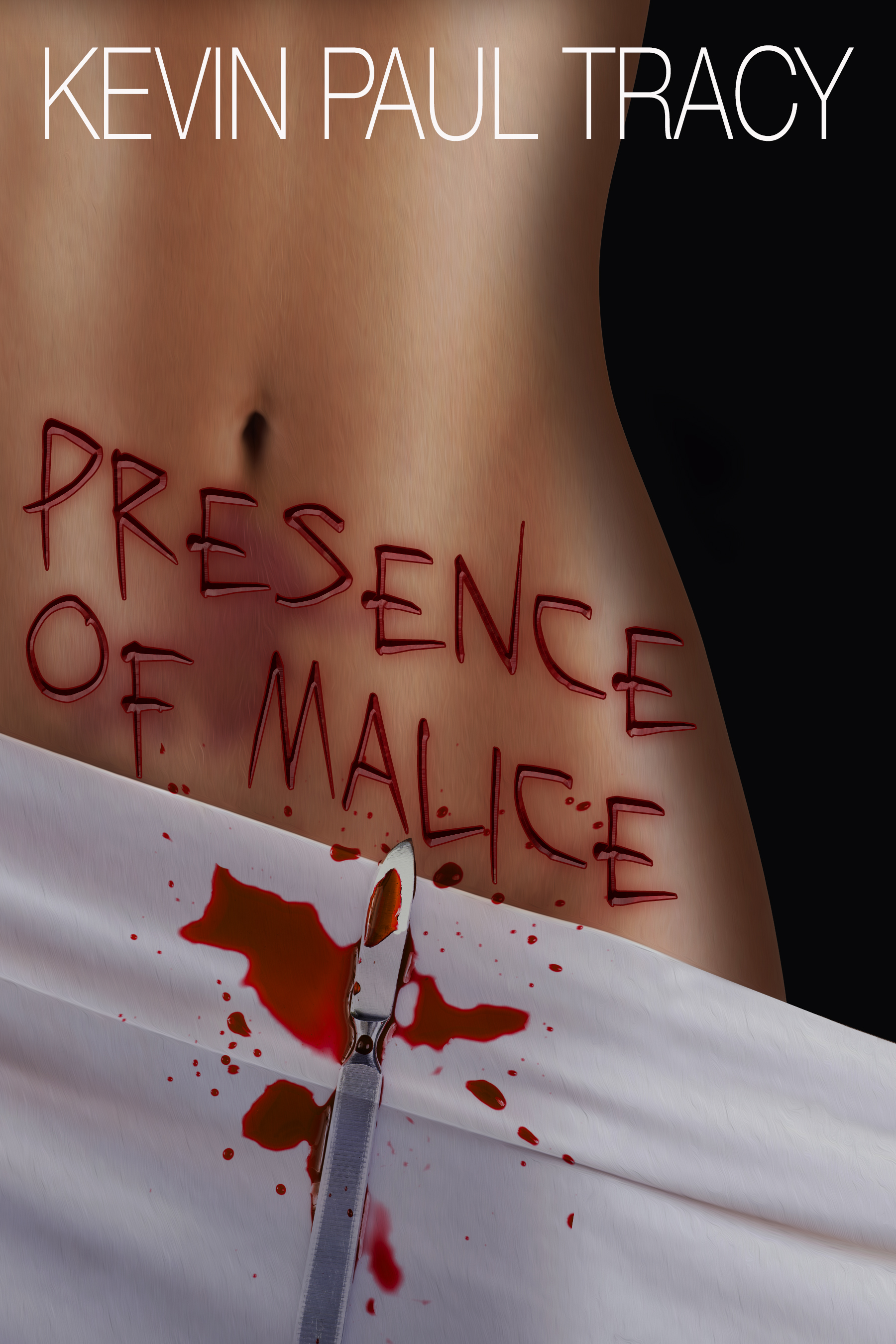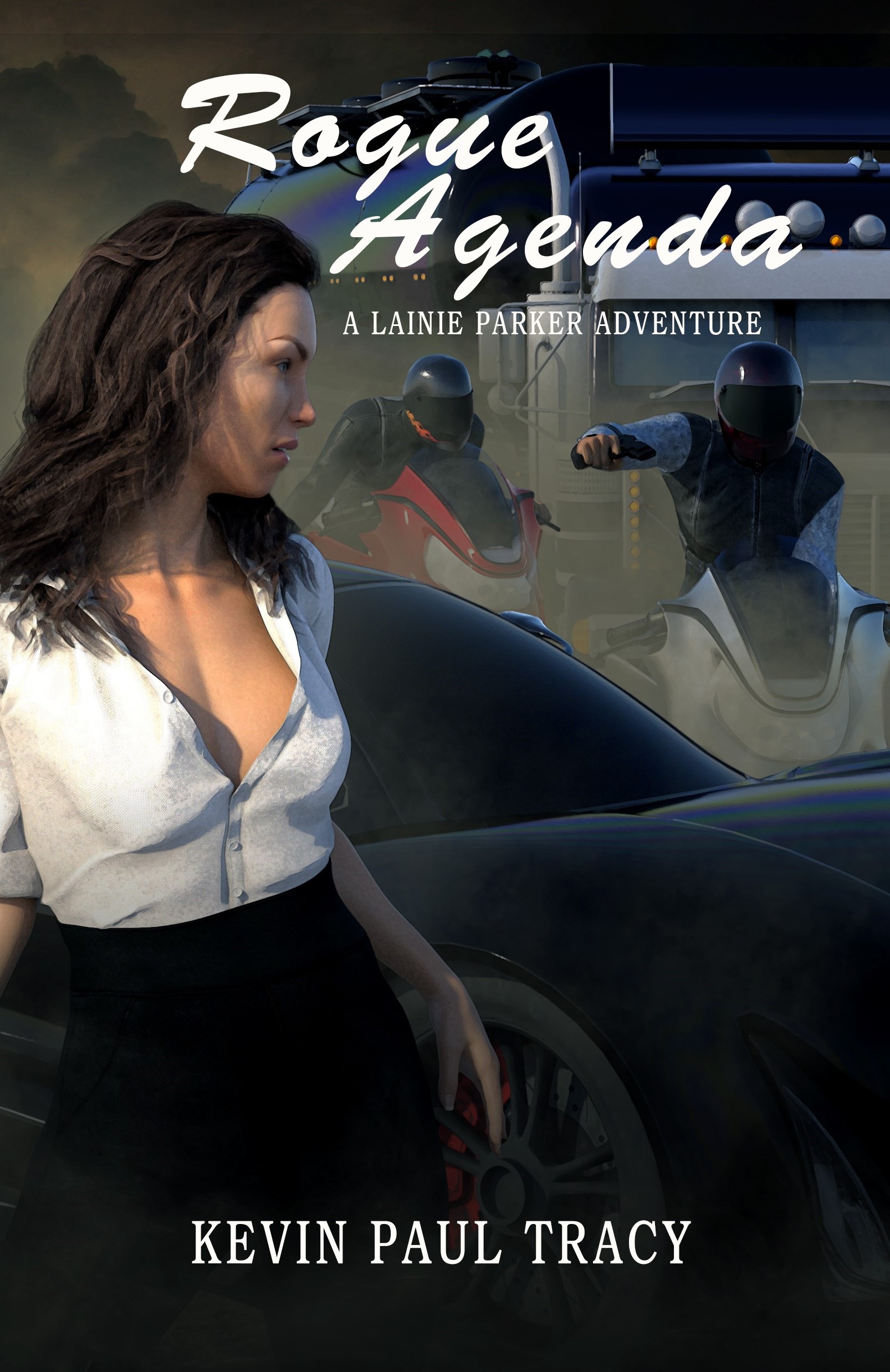Writing a Synopsis
 As a writer you are asked to write synopses for all sorts of reasons, but mostly to summarize a manuscript you are submitting to your agent or editor. They don't really have time to read an entire manuscript, given the sheer number they receive. Instead, they will read the first ten or twenty pages to get a sense of you skill as a writer, and the read your synopsis to get the gist of your storytelling. This tells them whether they ought to spend more time on this manuscript or reject it. So your synopsis is at least as important as the manuscript itself.
As a writer you are asked to write synopses for all sorts of reasons, but mostly to summarize a manuscript you are submitting to your agent or editor. They don't really have time to read an entire manuscript, given the sheer number they receive. Instead, they will read the first ten or twenty pages to get a sense of you skill as a writer, and the read your synopsis to get the gist of your storytelling. This tells them whether they ought to spend more time on this manuscript or reject it. So your synopsis is at least as important as the manuscript itself.But many of us have trouble writing synopses. It's understandable - we've written a story we love, and more than anyone we see how each part of it is integral to the storyline. Boiling this masterpiece down to a recitation of plot-points without narrative goes against our very nature as writers.
And yet the chore must be done. Having written hundreds of synopses in my time, I've gotten pretty practiced at it. For those struggling, I offer my 5 guidelines to an effective synopsis. There is a longer version of this available on request.
- 1. The Plot, The Whole Plot, and Nothing But The Plot.
- The Plot - The primary purpose of the synopsis is to convey your story in as few words as possible. A list of your characters, their motivations and their interactions is not enough. You must convey your plot.
- The Whole Plot - In almost every case you want to convey your entire plot, including the end. Don't think in terms of spoilers, your agent or editor wants to know how the story ends, and if it does so in a way that will leave a reader satisfied.
The one exception is when your agent has asked for a synopsis only one or two paragraphs in length. In such a case it is more important to convey the plot and less important how it resolves. In such a case think in terms of cliff hanger - end the synopsis with a tease that will hopefully entice the agent to want to read more. - Nothing But The Plot - Your task is to summarize the core plot thread only. Don't concern yourself with sub-plots no matter how interesting you think they are, or how critical you think they are to showing your storytelling prowess. Don't include entire character bios or back story. Any reader knows there is more to your story than what's in the synopsis and if you can draw them in with your excerpt and the main plot thread as revealed by your synopsis, they will find out just how much. But for now, all they want it the core plot thread and nothing else.
- 2. Economy of Cast.
You love each character you created, they are extensions of parts of yourself. But if you look at your story critically there are really only 2-4 characters essential to your primary plot line. Keep your synopsis focused on these, no more. If other cut-out characters are critical to a plot point, mention them only there, don't give them a name or description. "Ben was arrested for robbing an older woman." We don't need to know the old woman's name or that she was Ben's next door neighbor.
- 3. Nothing Happens In a Vacuum.
Each character takes action for a reason. Never relate an action in your synopsis without linking it to a motive. It isn't enough that we know that, "Ben was arrested," we also need to know why: "for robbing an older woman." Why don't we give a motive for him robbing the older woman? Because we aren't saying, "Ben robbed an older woman." If we were asserting that, then we would need to give a motive. All we are saying is that he was arrested for doing so.
Sometimes a single motive causes several actions: "When Ben is arrested, he hires his childhood friend Jerry to defend him in court, asks his wife to pack his pajamas and toothbrush, and promises his son he will see him soon." Just be sure that every action is directly linked to a motive.
- 4. Present Tense, Third Person.
A synopsis reads better in present tense ("Ben is arrested...") rather than past tense ("Ben was arrested...") You can try other tenses, but you risk alienating the agent or editor who is expecting present tense, and why give them any reason whatsoever to toss your manuscript summarily.
Likewsie, they are expecting to read third person POV ("Ben is arrested...") rather than first person ("I am arrested...") no matter what POV your actual manuscript is written in. Once again, you might think you want to try something else to get attention, but agents and editors don't have time to read something that is difficult to read. They are just as inclined to toss it.
- 5. Author Injection.
No matter how tempting, do not inject your own commentary into your synopsis. Never insert such things as: "...and then things got really weird!"; or "You absolutely won't believe what happens next!"; or "Then, in an unexpected twist..." No matter how badly you may want to tell the reader how to feel about or react to events related by your synopsis, never do it. It's a bush move, showing your own lack of confidence in your ability to tell a story, and will almost certainly get your submission returned without further reading. If your storyline cannot stand on it's own as relayed by the synopsis, then the reading agent or editor has every reason to expect that it won't do so in the manuscript itself.
Again, a longer, more detailed version of this article is available on request.
Labels: agent, editor, fiction, publish, query, submission, synopsis, writing





